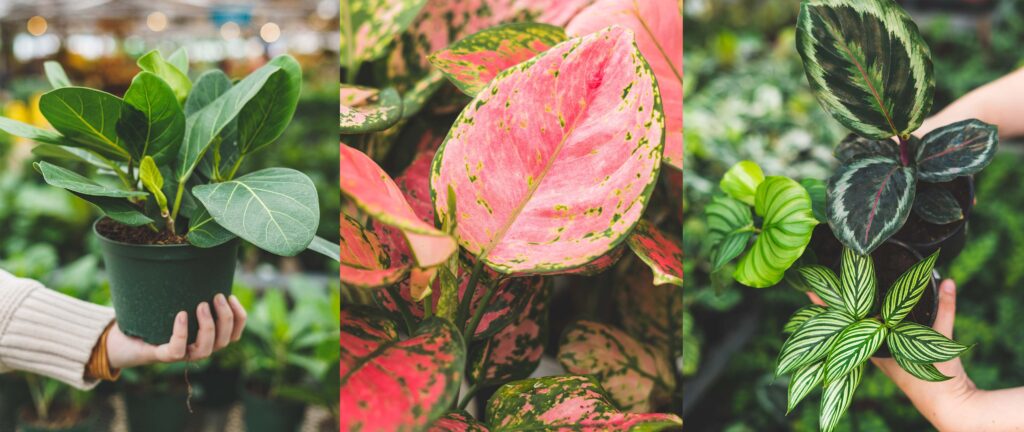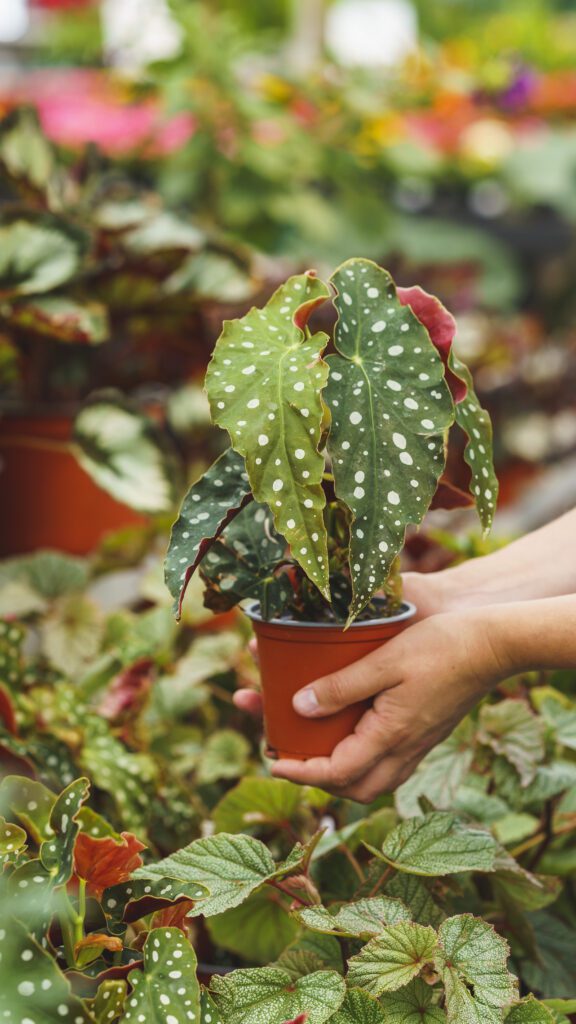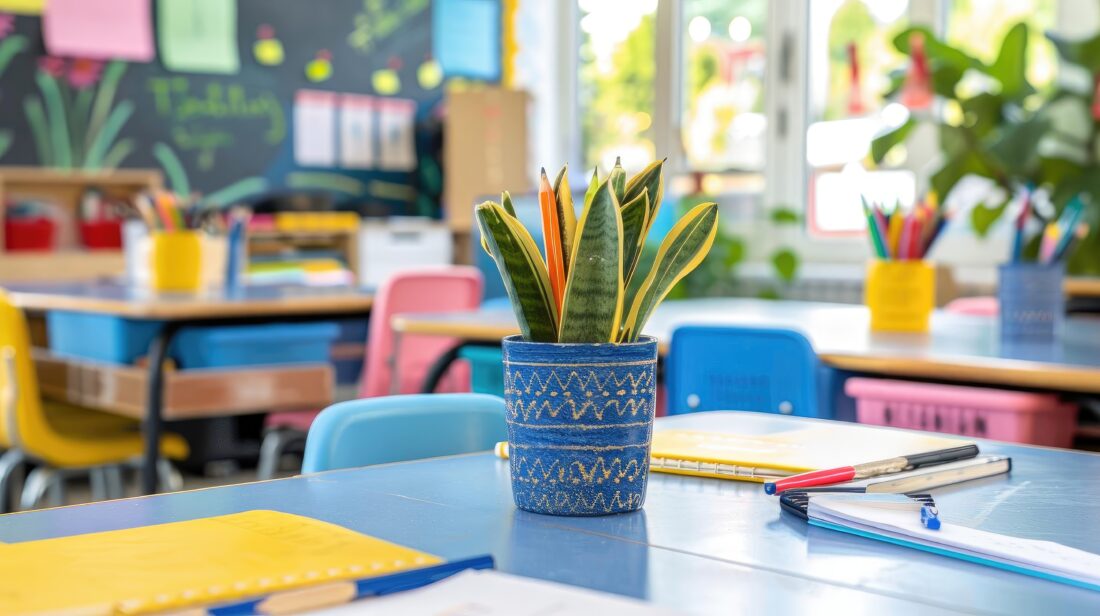August 28, 2024
Green Classrooms, Happy Students: The Top Five Reasons to Add Plants
Green Classrooms, Happy Students: The Top Five Reasons to Add Plants
Bringing plants into the classroom isn’t just about adding a pop of green to the space—it’s about enhancing the learning environment in ways that benefit both students and teachers. Whether you’re a teacher, parent, or simply curious, here are five compelling reasons why classroom plants are a must-have!
-
Improved Air Quality
Plants are natural air purifiers. They absorb carbon dioxide and release fresh oxygen, making the air in the classroom cleaner and healthier to breathe. Some plants can even filter out harmful toxins from the air, reducing the chances of headaches, allergies, and respiratory issues. Breathing in cleaner air helps everyone stay more alert and focused, which is super important during those long school days!
-
Boosted Concentration and Productivity
Ever notice how it’s easier to focus when you’re surrounded by nature? Well, the same goes for plants in the classroom! Studies have shown that having plants around can improve concentration and memory. The calming presence of greenery helps reduce stress and mental fatigue, making it easier for students to stay on task and absorb information. This means fewer distractions and more productive learning sessions.

-
Enhanced Mood and Well-Being
The presence of plants has a soothing effect, reducing stress and anxiety levels. This is particularly beneficial in a classroom setting where students may feel pressure from exams, assignments, or social interactions. A few well-placed plants can create a peaceful atmosphere, helping students feel more relaxed and at ease, which is essential for emotional well-being.
-
Hands-On Learning Opportunities
Plants are perfect for sparking curiosity and encouraging hands-on learning. Whether it’s alesson on biology, environmental science, or even art, plants provide endless teaching opportunities. Students can learn about the life cycle of plants, photosynthesis, and the importance of taking care of living things. Plus, getting involved in the care and maintenance of classroom plants gives students a sense of responsibility and accomplishment.

-
Encourages Environmental Stewardship
Having plants in the classroom is a great way to introduce students to the concept of environmental stewardship. By caring for plants, students learn the importance of nurturing and protecting living things, which can foster a deeper respect for nature and the environment. This hands-on experience can inspire students to think about their impact on the world around them and encourage eco-friendly habits, such as recycling, conserving water, and appreciating the role plants play in our ecosystem. Over time, this can cultivate a generation of environmentally conscious individuals who are more likely to make sustainable choices in the future.
Adding plants to your classroom is a simple yet powerful way to create a more vibrant, healthy, and productive learning environment. Whether you choose a low-maintenance succulent or a leafy green fern, the benefits of classroom plants are undeniable. So, why not bring a little green into your classroom and watch your students—and your plants—flourish!
Looking for ways to bring plants into your classroom? Check out KidsGardening, a program Mahoney’s proudly sponsors.

